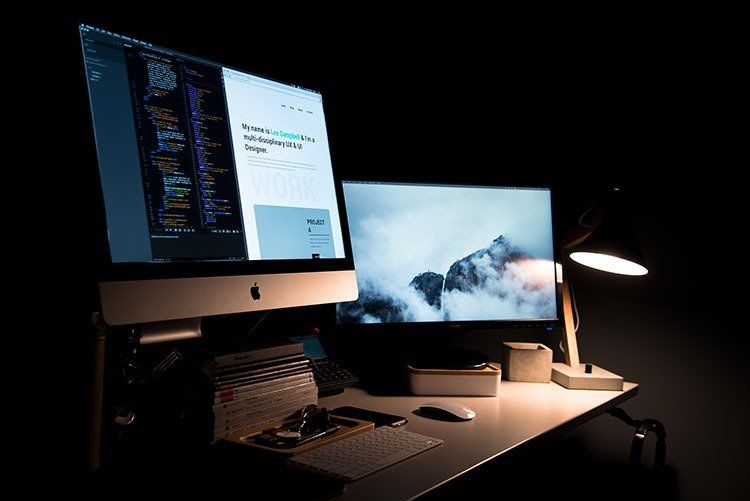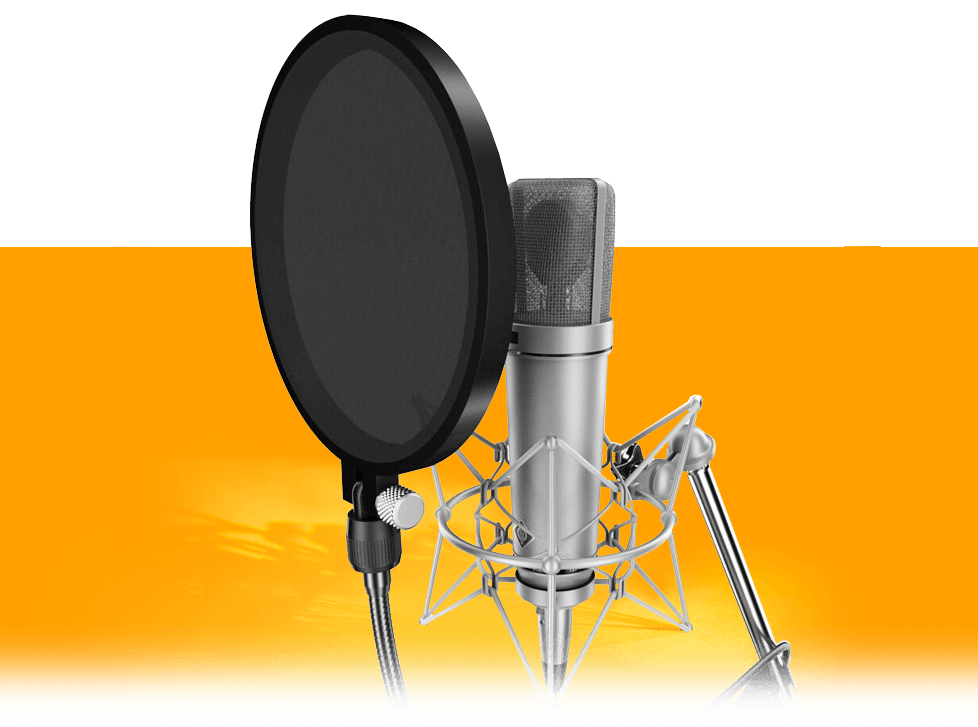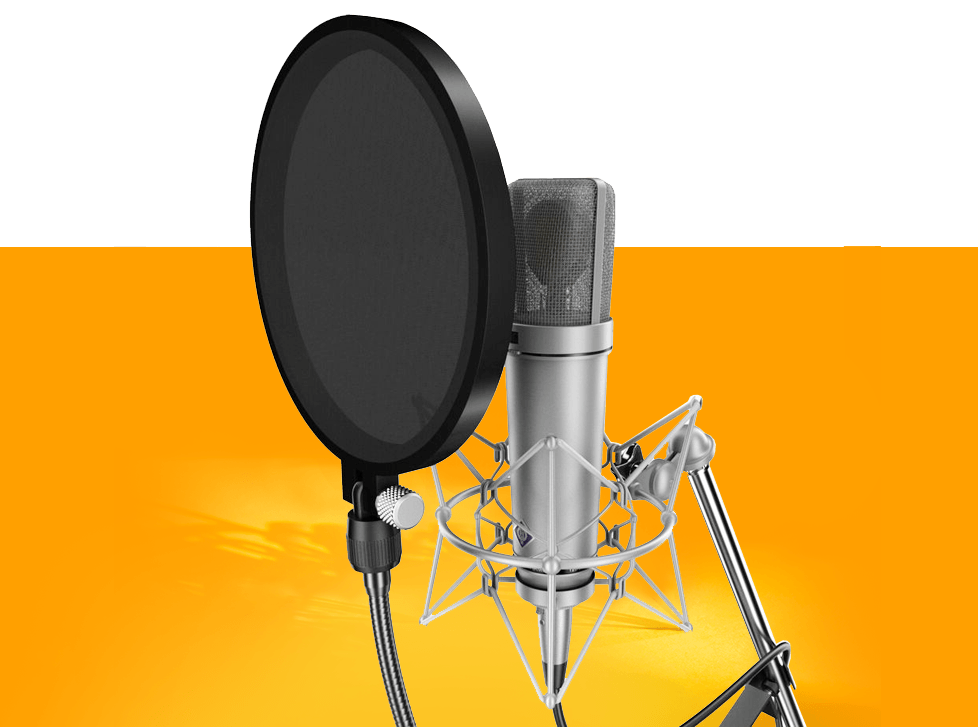Everything You Need To Know Before Becoming a Freelance Audio Engineer
Jeremy Alves | March 29, 2019
Stepping away from a full time gig to pursue a life as a freelancer can be one of the scariest decisions most people make in their careers. Leaving full time employment means leaving behind serious perks like a consistent salary, group benefits and a stable work schedule. There’s also a social aspect to office culture that’s highly fulfilling. Celebrating major achievements, birthdays and successes in a group setting feels far more rewarding than working on your own. Going off on your own as a freelance professional means leaving all this behind and for some people, the risk is not worth the reward.
Risks aside, freelancing can be a highly rewarding experience both professionally and financially. Freelancing means setting your own schedule, choosing the projects you work on and not having to answer to anyone (clients excluded). There’s a reason this type of work dynamic is so appealing. In fact, today, freelancing represents 35% of the U.S. workforce, and that number is growing. Some experts believe freelancers will account for 50% of the workforce by 2027. I guess people really hate their bosses…
If you’re reading this as either an aspiring audio engineer or one looking to take a leap of faith, there are a couple things you should know first. A lot of us audio engineers work as freelancers either on a project basis or on contract. Even engineers who belong to individual recording studios are technically freelancers, hired on a contract or hourly basis. In these cases, even if you belong to a studio, you’re still expected to keep track of your own hours, cover your own medical bills and keep track of your accounting.
Ready to get started in the wonderful world of freelancing? Here’s what you should consider before getting into it.
Write a Business Plan
The only people who accomplish goals are the people who set them. The first step you should take before joining the freelance community is write yourself a business plan.
A business plan should have clearly stated, measurable goals. The kinds of questions you want to answer may include the following:
• The types of clients you want to work for?
• How many clients you’d like to have?
• Annual salary expectations?
• Do you want employees one day?
• Is freelancing a first step towards something else?
• What does your business or career look like five years down the line?
Answering these kinds of questions will get you thinking about what you want and how you plan on achieving that. In your plan, rough out your expectations in a reasonable timeframe and set up checkpoints along the way. That way you can track your progress in shorter intervals to see if you’re on pace to meet those goals.
Start Small
Before you quit your job, a bit of patience is required. Part of your business objectives should include the scale of your freelancing career. For instance, some people start freelancing on the side of full time gigs as to dip their toes in the water. Instead of making one giant leap of faith and quitting your job with no clients or little experience, start small and work your way up.
Take on one new client at a time, gaining experience to build out your portfolio. Do this until you feel as though you have to consider turning down offers due to lack of time. At that point you might make the decision to go full-time freelance. However, don’t expect a clear fork in the road moment.
Even when you get to a point where there are too many projects to take on outside of work, it still might not be enough to fill your day. The leap of faith moment happens when you make the call to switch. Finding enough gigs to pay the bills will be rocky at first. You will need to work hard to gain trust and find new clients, but in the end it will be worth it.
Create an Online Portfolio
The best thing you can do once you actually have completed projects is to build an online portfolio. For audio engineers, this might be in the form of a SoundCloud, Bandcamp or Vimeo page where you can post projects you’ve worked on. Think outside the box too, like a Spotify Playlist that has exclusively the artists you’ve worked with.
Alternatively, it never hurts to have a website. With sites like Wix and Squarespace, it’s’ really never been easier to build websites with little to no experience with that kind of thing. Websites are great too because it allows you to add more than just material. Including customer testimonials, a bio, a contact form and a client list are surefire ways to attract new customers.

Define Your Style
Unless you’re living under a rock, you probably know that everyone with a Apple computer can learn to become an amateur engineer in a couple hours of YouTube binging. As a freelance engineer, you’ll be up against thousands of your peers all trying to land work. Experience aside, what makes you stand out is your style. This is part of the artistic side to your business: what is it about your engineering style that will make people choose you over the next person? Finding a niche that works with your skill set adds value to you as a business.
What this doesn’t mean is find a genre and only working within that. What I mean is to find something unique about your approach that other people don’t have. That might include the equipment you use, your music production approach (if you come from a musical background) or even specific like the presets you use in your mixing. Be specific enough that people recognize your ability, but broad enough that it’s still applicable to any project.

Be Strategic With Your Pricing
Setting a rate can be one of the trickiest parts of running your own business. Being strategic with your rates requires a good deal of research, intuition and finesse. Why? No two projects will require the same amount of hours, energy or skill. This is because no two bands/artists operate at the same efficiency level. Where a full-band, four song EP might take one band a couple days to knock out, it could take another less experienced group a couple weeks of back and forth.
For that reason, do a bit of research before you say yes to a project. If you’re being cold called or put on the spot, a potential client might hound you for your rate off the bat. But before you go giving away a random number, insist on getting a little bit more knowledge about the project.
Have a series of on-boarding questions to level the playing field. Those questions might include “On a scale from 1-10 how complete are the songs”, or “Is this your first EP/Album/Project”. All these questions will help you build out a clearer picture of what commitment you’re getting yourself into. Once you have a better idea of what’s ahead of you, there are two ways you can approach pricing: a) hourly rates, and b) project-based. There are benefits and cons to both. Let’s walk through them:
Hourly
Don’t make the assumption that many make which is that all hours spent working on a project are the same. As a freelancer, you have to wear many different hats such as accountant, project manager, editor / mixer or producer. For that reason, you may want to have different rates depending on what you’re doing. For instance, if your hourly engineering rate is $35 an hour, you may want to also have a $25 rate for administrative services like answering phone calls and emails to the artist or management team. It’s also important to remember that hourly doesn’t give anyone the right to waste your time making endless edits. I’d suggest a tiered edit system. For instance, you may want to charge that same $35 rate for every hour mixing up until five hours at which point the rate increases to $50 an hour. This way you are ensuring your time is well spent and helps you avoid endless editing loops.
Project-based
The other option is charging a flat-rate for a project. This could even be on a per-day or per week basis. Just be sure to set the parameters first.
It’s extremely important to set expectations that a “per-day” cost only includes a certain amount of hours. For instance, after 10 hours in the studio you may want to switch overtime and charge an hourly fee. Be sure to bake in those outside costs like studio time, rentals and administrative hours. Even the five minutes here and there answering emails is time spent so don’t count it out.
Now you might be thinking, all question dodging before you give a price would be alienating — which is especially troublesome when you need the work. As much as you’d like to, you will want to say yes to a new project immediately, but I highly urge you not to. Setting expectations for both yourself and the client will do wonders for your business down the line.
Going way out of scope, managing underprepared artists or spending too much time editing will cause you a lot of stress if you haven’t accounted for it. This can also affect other projects you are working on at the time if you don’t budget your hours (and energy) correctly. The last thing you want is a bad project affecting your relationship with other clients.
It’s also important to remember that charging too little undervalues your time and charging too much can put a strain on your working relationship. The fastest way to get new business is through word of mouth, so if you burn bridges your business will surely suffer.
Running your own business as a freelance audio engineer is not an easy job by any stretch. In order to survive you need patience, a rock solid work ethic, and an unrelenting drive. Even if you don’t have a business-first mindset, make up for it with your passion and creativity. You need to have boundless love for your job, and have the motivation to keep pushing. Being the sole proprietor of your business, all the successes and failures fall on you. Good luck!
Ready to Start?
OIART's Audio Program Includes:
✓ Small Class Sizes
✓ On Site Facilities
✓ Industry Leading Instructors
✓ Post Grad Support & Guidance
✓ Exclusive 11 Month Program
Top Reasons Why You Should Choose OIART.
Have Questions?
If you have questions about our audio engineering and music production program or would like to book a tour, we would be pleased to speak with you.
Text Us: 519.200.4151
Share This With a Fellow Music Lover
Apply in 4 Steps!
Step 1: Click apply now.
Step 2: Answer 8 questions about yourself.
Step 3: Upload supporting documents.
Step 4: That's it! You are done.
Share this with fellow music lovers


